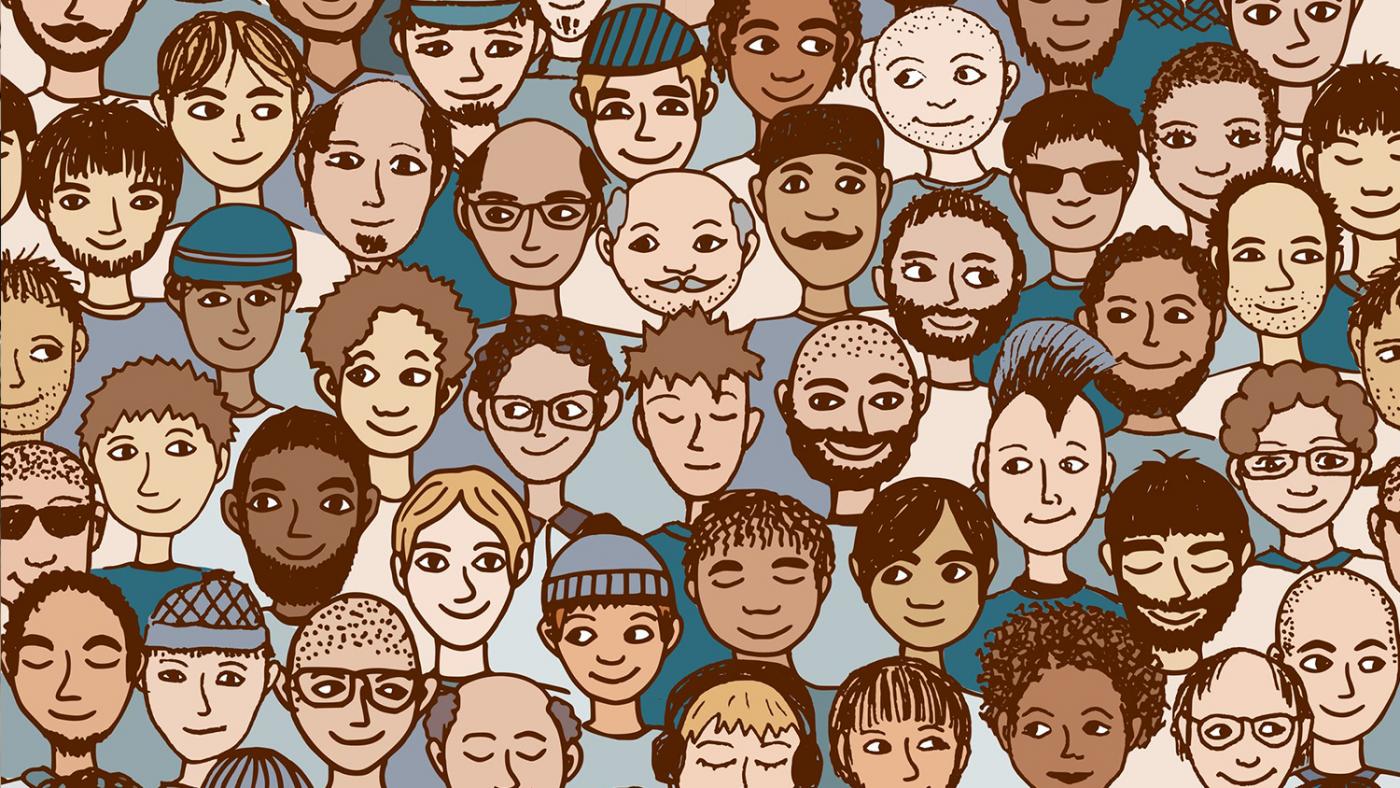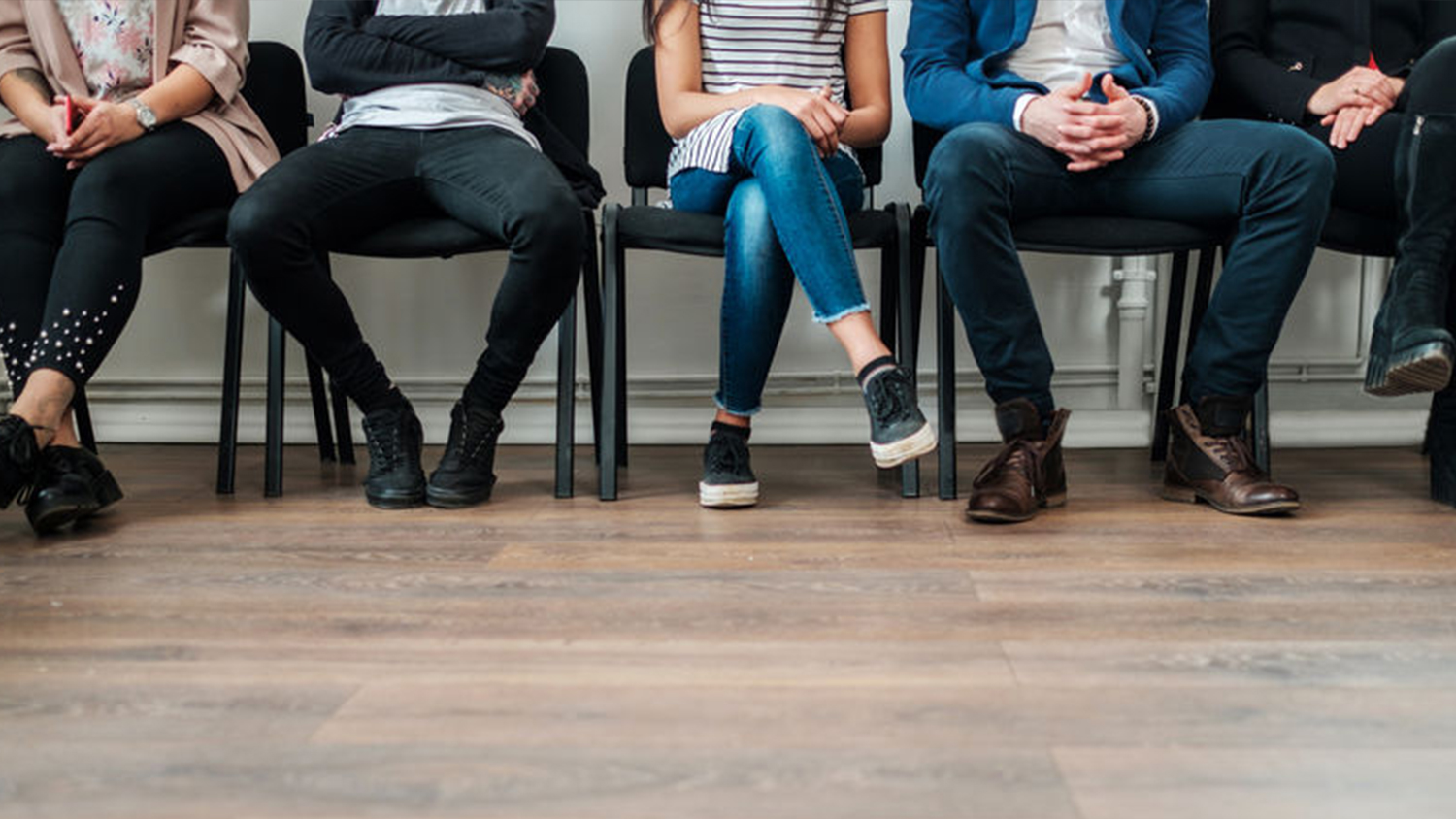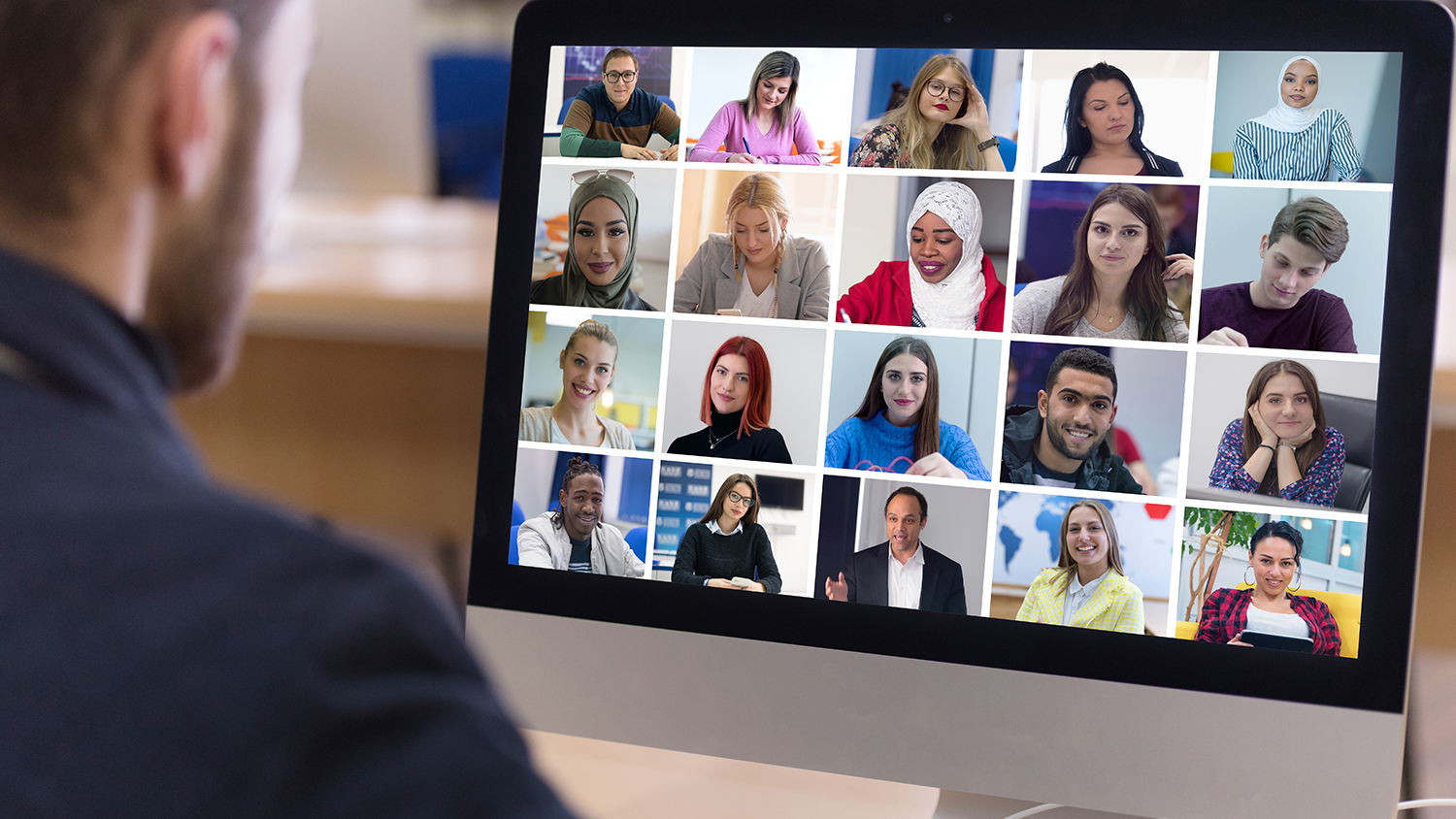How can UU make its study programmes more inclusive?

Calls for more diversity and inclusivity have been growing significantly at Utrecht University in recent years. For Janssen, the explanation is simple: “There are groups of students who don’t feel at home at the university. They feel as though they’re different from the authors they read, or they don’t identify with the topics being discussed. It makes them wonder: ‘is this place really for me?’”
Alongside Gönül Dilaver from Biomedical Sciences and Brianne McGonigle Leyh from International and European Law, Janssen formed a project group that’s working on a curriculum scan to help teachers assess how inclusive their classes are. The tool covers several aspects of a class, including the authors and literature chosen for the syllabus, the images shown during lectures and the guest lecturers invited. In so doing, they hope to encourage UU teachers to reflect on the way they teach and the experience they’re offering students.
Academic results improve when students feel at home
“This is so important for students’ motivation”, explains Dilaver. “When students recognize themselves in the study materials and the people they meet during their studies, they feel more at home. Research has shown time and again that representation has a positive impact on academic results”. Having a diverse group of teachers and classmates also helps. “But that’s not something individual teachers can influence directly. We’re wondering how teachers can make their classes more representative now. That includes the names you use in your case studies, or how diverse the authors you cite are”.
Dilaver has been committed to starting a conversation on diversity in the Faculty of Medicine for quite some time. Medical student Sultan has noticed her programme is indeed in dire need of more inclusivity. “I still see heteronormativity or sensitive language being used often, or only Dutch names appear in case studies. It’s motivating to see people who look like me in practice”.
It is beneficial for all students to see that we live in a world with many different people and cultures

Photo: 123rf
But the university needs more than just role models, the three teachers stress. The topics addressed in class should be put under a microscope as well. According to Janssen, study programmes often focus on the Western or Dutch context, even though it’s important to pay attention to other countries and cultures too. “In my field, Educational Sciences, we mostly study forms of education in the Netherlands, while it can also be very educational to look at how other countries organise things”, says Janssen. “It’s crucial for us to show students that we live in a world with many different people and cultures. All students can benefit from that”.
One would expect curricula in a course such as Cultural Anthropology to be more diverse than average, which is true, according to student Wieke, but she thinks that they, too, could improve. “Even the books about non-Western cultures are usually written by white, Western authors. Eurocentrism predominates, while different perspectives can be really enlightening”, she laments. Gerdien Steenbeek, Assistant Professor in Cultural Anthropology, cannot help but agree with the student. She says teachers could do more. “In the examples you use, the assignments you give, or the images you exhibit during class. Those are also ways to make education more inclusive. Academic training is the ability to think critically and independently, and you need a diverse set of perspectives to develop that”.
Gönül Dilaver agrees, too: “It is important to have an inclusive mindset in any kind of research or profession. One must be open to different perspectives and willing to learn from them. If you’re studying to become a dermatologist, for example, and you’re only trained to recognise skin cancer on white skin, would you be able to help a coloured patient properly? Can you be sure that a certain medicine works for women if it’s only been tested in men? We teach future scientists, so we want them to conduct research that serves all people in society.”
The events of recent years have created a momentum
The three teachers started working together in September 2020, so the project is still in its initial phase. It is set to last three years. “In the last few months, we’ve delved into the existing literature on diversity in education and what we can learn from other universities”, recollects Brianne McGonigle Leyh. “We’re currently setting up focus groups with teachers and students. We’re investigating what they perceive as problems, if those issues are really experienced as problems, and whether there are possible solutions”.
McGonigle Leyh thinks that the events of recent years, such as the Black Lives Matter protests, have created a momentum to shed more light on these issues, which is why more and more initiatives have been emerging at the university. In her view, their project is being met with considerable support: “Students tell us all the time that more inclusivity is needed. The colleagues we’ve spoken with so far are also really enthusiastic about our idea. However, these are difficult discussions, so there must also be teachers who think that their courses are fine the way they are”.
Even so, Janssen, McGonigle Leyh and Dilaver hope that all teachers will at least start thinking about the inclusivity of their study materials, as soon as they notice that their colleagues are doing that and their supervisors appreciate it. “Besides, most teachers care a lot about their students. If we show them that many student bodies indicate that there should be more inclusivity, we hope they will listen”.
One should nevertheless approach this topic with a critical eye

Photo: Shutterstock
Rense Corten, Senior Lecturer in Sociology, acknowledges the importance of role models in education, but thinks one should still approach this topic with a critical eye. “It’s much easier to compile a diverse bibliography for a course where research is developing at a fast pace than for a course where the nature of the literature is classic. In that case, I think one should prioritise the quality of the literature.”
Cultural Anthropology student Wieke thinks that inclusivity and quality aren’t necessarily mutually exclusive. “It’s not either one or the other. In my opinion, the quality of education actually improves when more perspectives are included in the curriculum”, she ponders. Sultan also thinks it’s about time for a change. “The university is about science, and science changes all the time. If improvement is possible, why don’t we seize the opportunity?”
Gerdien Steenbeek understands that it’s sometimes hard to find authors whose background differs from the norm. “That’s because those groups have been marginalized for years”, she justifies. Still, she says there are enough authors out there. In the 1970s and 1980s, Steenbeek fought for women to be more represented in the academic world. A similar situation is happening now with other groups. “At the time, there were also doubts about the quality of women’s academic work”, she recalls. “Or they pointed out that female authors were either hard to find or simply non-existent. Nowadays, we’re catching up somewhat”.
Thinking about inclusivity in education is more than just a trend: it should be a permanent effort
The academics and students interviewed for this article were unanimous: change starts with awareness. “Everybody has their own background and assumptions they make when looking at the world. Becoming aware of these assumptions and assessing them critically is extremely valuable”, says Wieke. “You learn a lot from listening to people with a different point of view”.
Vangjel, Master’s student in Public International Law, is the living proof. In his view, his programme is doing a good job when it comes to inclusivity and diversity. “We read authors with different perspectives and worldviews whenever possible. Our case studies often feature examples from different social groups the world over”. But Vangjel sees room for improvement even in his programme. “Society changes continuously, therefore thinking about inclusivity in education should be a permanent effort”.
That is exactly what Janssen, McGonigle Leyh and Dilaver aim to achieve. “We want to avoid this issue from being approached once and never again. It must remain a topic of discussion, because the work is never done”, states McGonigle Leyh, hoping that reflections on inclusivity become an integral part of the courses’ evaluation process.
Rense Corten notes that this would increase teachers’ workload even more. “Is it reasonable to demand teachers to check the backgrounds of all authors in their syllabuses, in addition to the high workload they already have?” She also stresses the importance of not using some teachers or courses as a yardstick. “It has to be a dialogue. It’s obvious that there should be room for more points of view, but I think that it’s ultimately up to teachers to have the last word about the quality”.
“That’s why nothing is mandatory”, clarifies Janssen. “One of the good things about teaching at university level is the freedom you get to shape your course the way you want to. We don’t intend to change that, we’re just offering a tool to help teachers get started as long as they and the students are willing to do it”.